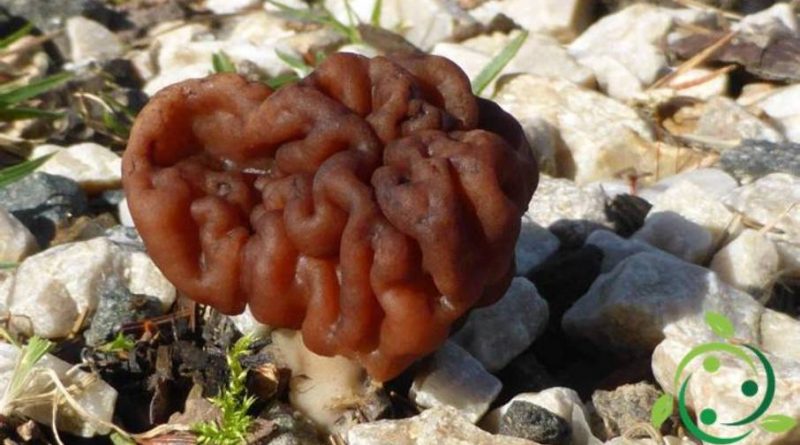Helvellic acid
Helvellic acid
Helvellic acid is a dibasic acid contained in some species of fungi: among these it is present in Lepiota helveola and in Gyromitra esculenta, which for a long time was considered the main agent of hemolytic intoxications.
Helvellic acid was first isolated from the Helvella infula fungus and is hemolytic, thermolabile and volatile.
However relatively recent studies, carried out by some authors at the University of Marburg in 1968, have been able to ascertain that the cause of the poisonings is not due to Helvellian acid but to another toxic principle produced by the Gyromitra esculenta which is an aldehyde toxin containing nitrogen, known as gyromitrina.
From the endogenous hydrolysis of this toxin, the monomethyl-hydrazine – MMH is produced. Therefore it would be the latter the molecule responsible, with reductive oxide mechanism, for the lysis of red blood cells.
Intoxication with Helvellian acid usually occurs with intestinal disorders, followed by hemoglobinuria and jaundice. Intoxication is fatal in 5-20% of cases.
Warning: The information given is not medical advice and may not be accurate. The contents are for illustrative purposes only and do not replace medical advice.

